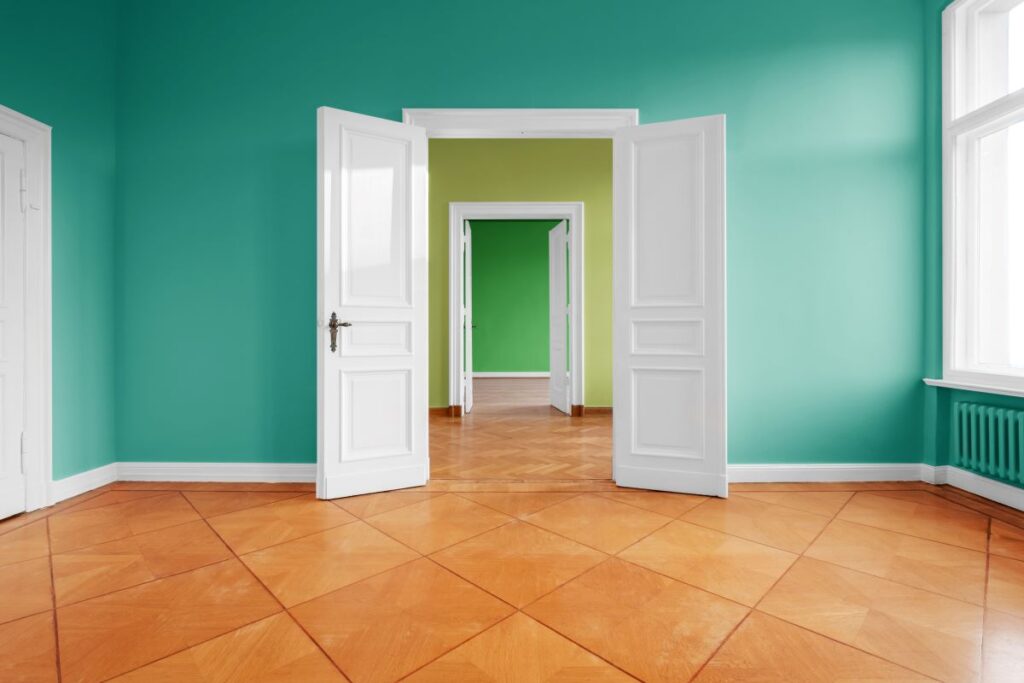When someone’s mobility has become restricted, the ability to move in and out of their home becomes a handicap and a major factor in their quality of life. If it is difficult, then they can become a prisoner in their home. If it is easy and accessible, they are open to more ways to stay active and maintain a safe and healthy social life.
In addition to making your home handicap accessible, you should also consider how to make it safe to enter and exit. Building codes will typically require two points of egress for safety. When people resort to carrying a person over thresholds or doorway steps, everyone involved is at great risk for falling and injuries. Also, it is critical that a person be able to exit their house independently if there is an emergency.
The following are six points to consider to make your home handicap accessible and safe for someone with limited mobility.
#1 Stair lifts: If a person has limited mobility but does not require a wheelchair, stairlifts are a solution to overcoming the barrier that stairs create. Stair lifts, also known as stair chair lifts, are used for multi-floor living. They can be installed for access from the main floor to the basement and to the 2nd floor, such as in colonial houses, raised ranches, and split-level houses. Stair lifts require that the person be able to transfer into and out of the chair themselves.
People are often surprised at how affordable stair lifts can be. The value of opening up living in their entire home rather than being confined to one floor living is huge. Regaining your independence is also gratifying.
#2 Ramps: If someone requires a wheelchair to move about, then there are a variety of ramp systems that make entry and egress both safe and easy. Ramps come in a variety of lengths and styles, and can be temporary and modular. Ramps are typically used outside when there are 1 to 5 steps at doorways, such as at a front door stoop or a step up from the garage. Ramps are also helpful to people who do not require a wheelchair but find climbing stairs to be a challenge.
#3 Wheelchair lifts: Also known as platforms lifts and elevators, these especially help someone who relies on wheelchairs. Wheelchair lifts can be used outside or inside the home. Travel distance can range from 14 inches to 14 feet, depending on the requirement.
#4 Doorways: If a person uses a wheel chair, doorways will need to be widened. A typical interior doorway is 30” wide and will need to be widened up to 36” to accommodate the wheelchair. While all doorways may not be conducive to widening, try to make every room accessible in at least one point. The use of swing clear hinges will give approximately 2’ more usable width to an existing door.
#5 Level flooring: One floor living such as in a ranch house is the ideal situation, along with open floor plans that allow for easy transitioning between rooms. But even with ranches, uneven floors and room to room thresholds of ½” high or more become barriers for people with walkers, wheelchairs and scooters. Ideally, the flooring can be replaced or modified to be level. If a floor modification isn’t possible, then a rubber threshold ramp can help. These are specifically for rolling over to make it easier to move between rooms.
#6 Grab bars: For people who are walking but are at risk for falling or have impaired eyesight, grab bars can make a big difference in helping them to navigate around the house. These are not just for bathrooms. If someone is using other objects to hold onto as they move about, it is a strong indication that grab bars are needed. Holding onto things like door handles, end tables, kitchen chairs and decorative moldings does not provide the stability necessary to avoid falls.
As you consider these steps to making your home handicap accessible into and around your house, you will want to consider what your needs might be in the future. Peace of mind comes from planning ahead rather than having to react when the need becomes undeniable, or after an accident has happened. Bullock Access is a “Certified Aging in Place Specialist” (CAPS), which means we are able to evaluate your home for your current and future needs. We can help put a plan together for you to address all the areas of concern, so that you can live many more years safely and fully in the home that you love.

